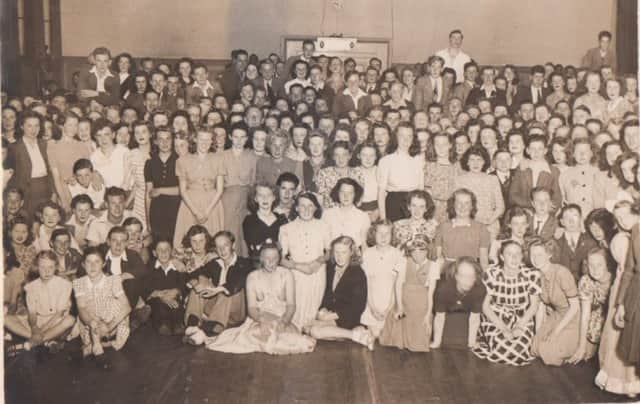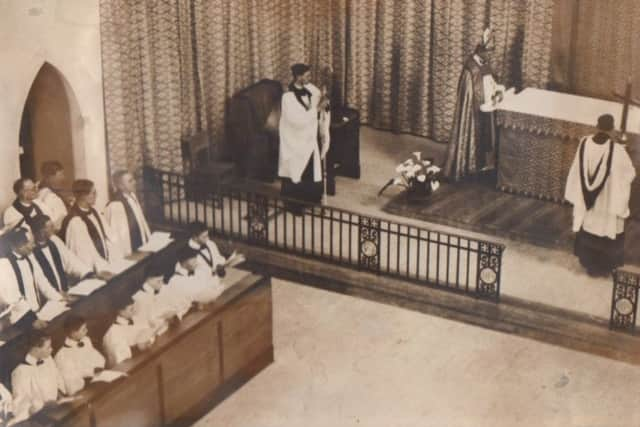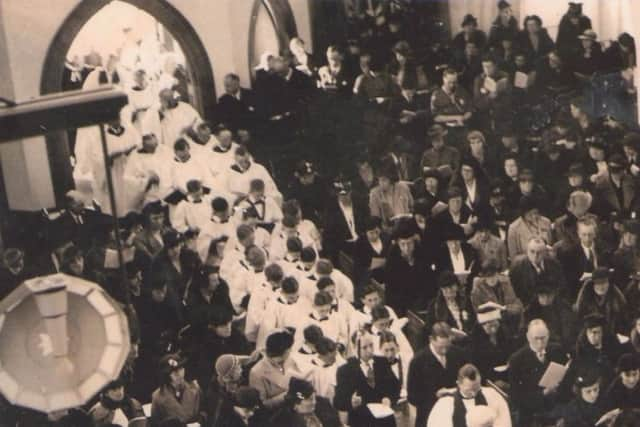NOSTALGIA: Look back at history of St Elisabeth's Church


Mr Turner kindly sent in these pictures including cuttings from newspapers depicting the long history of the church.
He has also helpfully provided a booklet detailing the time line of the church building and hall, which was published in January 2014.
Advertisement
Hide AdAdvertisement
Hide AdThe history dates back to 1928 when a Mrs Elisa Watson died and left £80,000 to the Diocese of Chichester for a church to be built in or near Eastbourne.


At the time that part of Old Town had a population of about 5,000 with only a few house in Victoria Drive beyond Downs Avenue.
The Bishop of Chichester then, Dr George Bell, felt a church was needed in the area because it would soon be developed and after the Duke of Devonshire donated the land, building started on the hall in 1933.
The architect for the whole complex was Peter Stoneham, who also designed the Curzon Cinema and the NatWest Bank.
Advertisement
Hide AdAdvertisement
Hide AdThe hall cost £16,000 to build and furnish and there was a projection room in the main hall, a caretaker’s flat, a stage and the lower hall was fully equipped as a gym.


The Reverend H Wallace Bird was appointed the vicar designate and the area was known as the Conventional District of St Elisabeth’s becoming a parish in 1936.
He faced the task of starting a church which at the time had no staff, no